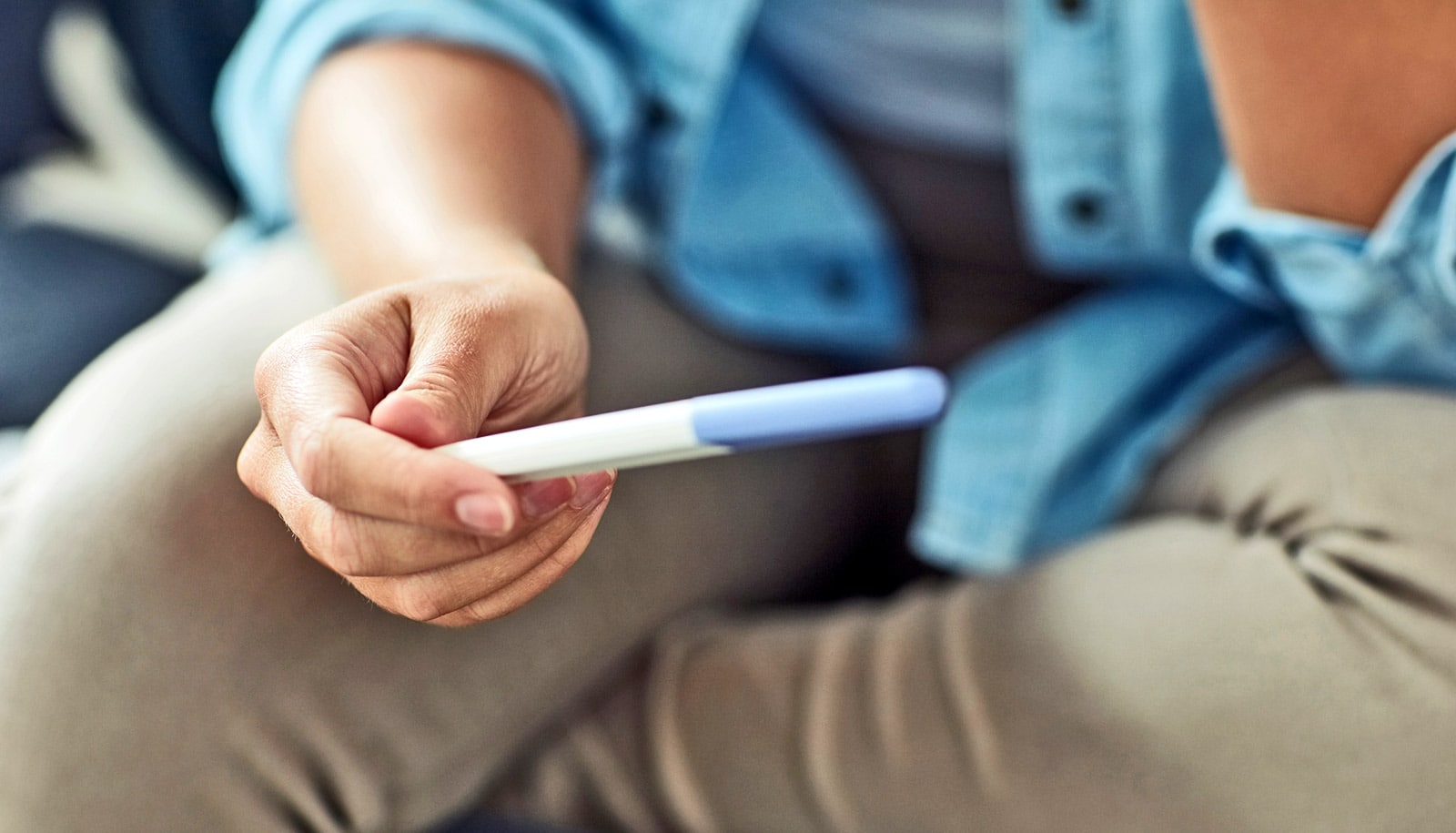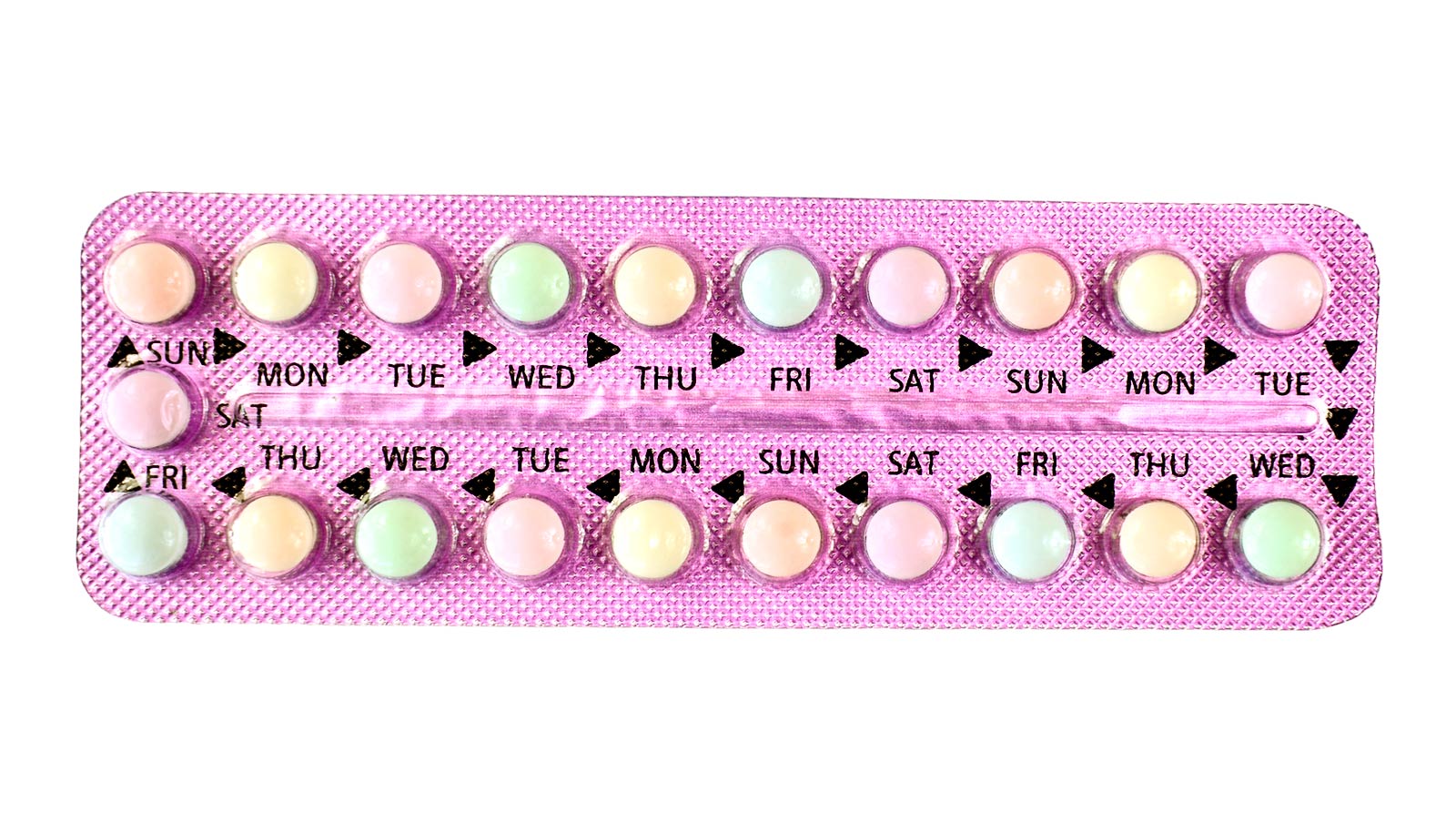Among people who gave birth after an unintended pregnancy, a top explanation was the belief they couldn’t get pregnant and therefore didn’t need contraception, research finds.
“Among women who weren’t using contraception when they got pregnant, the primary reason was because they didn’t think they could get pregnant,” explains Sarah Cowan, an assistant professor of sociology at New York University. “Because they thought they were at low risk of getting pregnant, they were less likely to recognize the signs of pregnancy and the pregnancy itself early—and, consequently, less likely to start prenatal care early.”
The study, which Cowan conducted with Alison Gemmill, an assistant professor at Johns Hopkins’ Bloomberg School of Public Health, appears in the journal Demographic Research.
About half of pregnancies in the United States are unintended. In the study, Cowan and Gemmill sought to better understand why this occurs.
The researchers examined 2004-2011 data from Centers for Disease Control and Prevention’s Pregnancy Risk Assessment Monitoring System (PRAMS), studying a sample of nearly 56,000 women with unintended births who were not using contraception at the time of their pregnancy. They specifically focused on “perceived susceptibility” to pregnancy—women’s beliefs in the likelihood of their getting pregnant. In the analysis, women were classified as having low perceived susceptibility if they indicated they thought they could not get pregnant at the time the recorded pregnancy occurred or if they reported they thought they or their partners were sterile.
The analysis showed that more than one-third of women with unintended births cited low perceived susceptibility as a reason for contraceptive non-use—in other words, they didn’t use a contraceptive because they didn’t think they could get pregnant.
In addition, the examination showed that some demographic groups were more likely to have low perceived risk of pregnancy than were others. These were women over the age of 40, women who were having their first child, lower-income women, unmarried women, and women with less than a high school education, among others.
Crucially, women having low perceived susceptibility were less likely to both recognize their pregnancies early and to enter prenatal care in the first trimester.
“In order for people to be empowered to plan their reproductive lives, they need to have accurate understandings of their own risks, including risk of pregnancies,” observes Cowan. “It appears that women often do not. While the likely sources of this risk perception are numerous, it points to another vein of inequality in who is empowered to control their reproduction and who is not.”
Source: NYU



